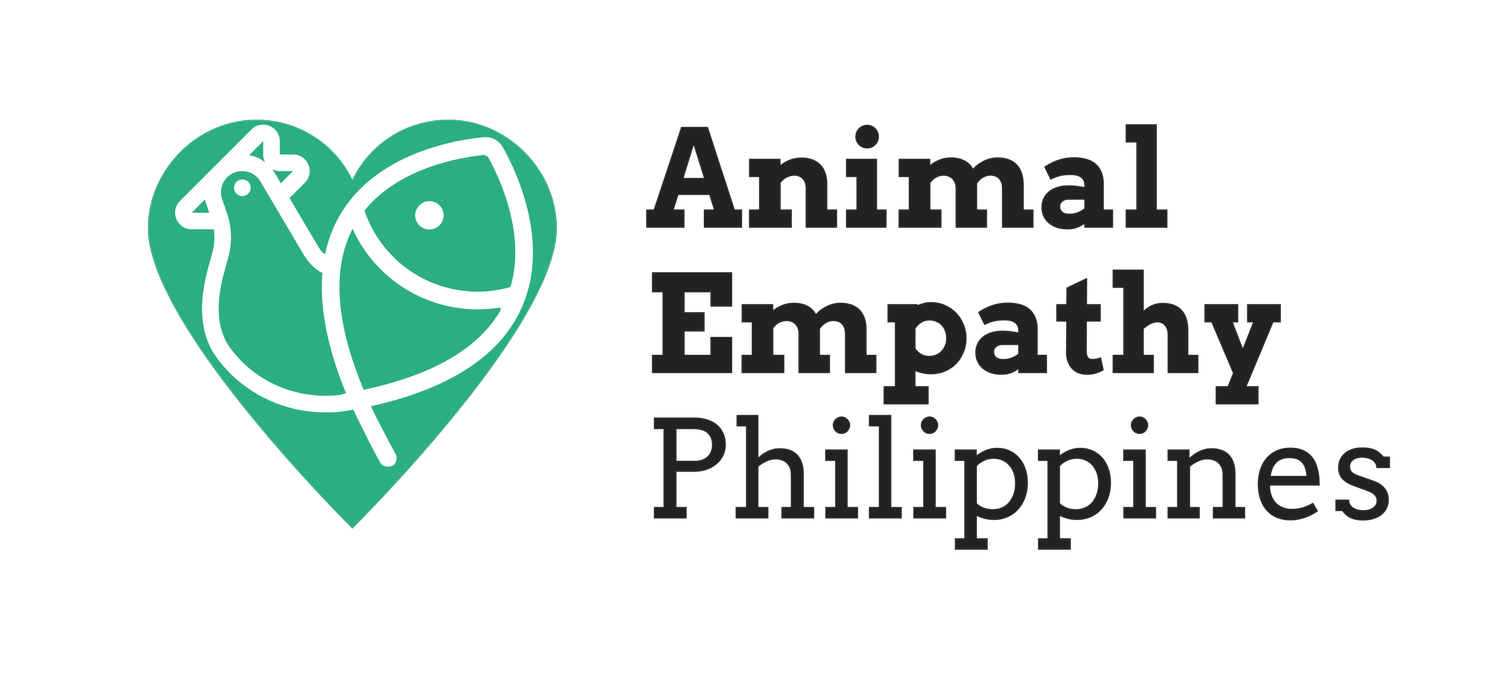Five Freedoms of Animal Welfare
Written by Pia Tabanao
Photo by Pascal Debrunner on Unsplash
The Five Freedoms outline five aspects of animal welfare under human control, including companion animals like dogs and cats in the home, exotic animal species in aquariums and zoos, and animals who are raised in the food system. These Five Freedoms are globally recognized as the gold standard in animal welfare, encompassing both the mental and physical well-being of animals[1].
They include:
Freedom from hunger and thirst: by ready access to fresh water and a diet to maintain full health and vigor. For example, piglets and adult pigs need different types of food provided on different schedules.
Freedom from discomfort: by providing an appropriate environment including shelter and a comfortable resting area. This includes providing soft bedding in an area with the appropriate temperature, noise levels, and access to natural light.
Freedom from pain, injury or disease: by prevention or rapid diagnosis and treatment. This includes vaccination, monitoring, and treatment of any injuries.
Freedom to express normal behavior: by providing sufficient space, proper facilities, and company of the animal’s own kind. For example, making sure the animals are able to stretch, run, jump, and play.
Freedom from fear and distress: by ensuring conditions and treatment which avoid mental suffering. These can be achieved by preventing overcrowding and providing sufficient enrichment and safe hiding spaces.
What is its history?
The Five Freedoms were rooted back in the 1964 book “Animal Machines” written by Ruth Harrison where it described intensive livestock and poultry farming practices of the time. The outcry of the British public regarding the information in the book prompted the British government to appoint a committee to look into the welfare of farmed animals.
In 1965, the committee presented the 85-page “Report of the Technical Committee to Inquire into the Welfare of Animals Kept under Intensive Livestock Husbandry Systems,” where it stated that animals should have the freedom “to stand up, lie down, turn around, groom themselves and stretch their limbs.” The Farm Animal Welfare Council was created as a response to monitoring the livestock production sector. By the end of 1979, the initial Five Freedoms had been codified.
The Five Freedoms have been adopted and used as the basis in writing animal care protocols and expectations for many professional groups including veterinarians, and organizations including the World Organization for Animal Health, the Royal Society for the Prevention of Cruelty to Animals, and the American Society for the Prevention of Cruelty to Animals.
What is the importance of these freedoms for animals?
Over centuries, different animal species adapt to their environment to survive in their respective natural habitats. According to Innate Behavior of Animals (2021), some species even genetically are “pre-programmed” to find food and shelter, mate with each other, and care for their offspring. But when humans take away animals into their own captivity, they can quickly lose their survival instincts and abilities.
The Five Freedoms come in as humans take on their responsibility to provide the animal with what they need to survive. Although there’s no way for animals to live their life to the fullest in captivity, the Five Freedoms establish guidelines for humans to create a living situation for animals that still allows them to express their instincts and behaviors—food to eat, water to drink, shelter to sleep in, space to move around in, and friends and family to interact with[5]. In short, the Five Freedoms are important to preserving animals’ health in captivity, both physically and mentally.
What are the problems with the Five Freedoms?
The Five Freedoms are supposedly made to assert every animal’s right to humane treatment from the humans who look after them, regardless of their species. Yet, cases of animal suffering are still happening today.
According to Amanda Waxman from the Humane League (2021), the problem of the Five Freedoms is the vagueness in the freedoms themselves. What constitutes a balanced diet? What is the size of a decent living environment? Because of the lack of specifications, it can lead to open interpretations upon implementation. This is certainly the case in animal agriculture in which factory farms continue to trap cows, pigs, chickens, turkeys, and goats in filthy, overcrowded facilities with no sunlight or access to the outdoors. This in turn promotes humane washing where marketing and deceptive labeling on the treatment of animals or the condition in which they are born, raised, or killed.
This is where the Five Freedoms fall short. Its standards are open to interpretation—allowing factory farms to ignore measures to protect animal welfare—and they do not actually reflect everything that animals need to preserve their physical and mental well-being. And this needs to be changed sooner.
What is beyond the Five Freedoms?
The Five Freedoms do not fully capture the meaning of what it is like for an animal to have a life worth living. This goes beyond basic necessities provided to these animals; it means providing them with the best possible positive experiences for them.
For animals to have “lives worth living” it is necessary to minimize their negative experiences and at the same time to provide the animals with opportunities to have positive experiences[4]. With a marked increase in scientific understanding over the last two decades, the need to review and update minimum standards in codes of welfare is to be done. And indeed, it’s been inspiring to see welfare experts and advocates proposing for such.
Regardless of how these animal welfare standards take shape, giving animals a “life worth living” requires a degree of genuine consideration and care from humans—care which is completely absent from our broken factory farm system, which places profit over the well-being of animals raised for food[5]. And it is our hope for humanity to recognize and act on this care.
Resources
[1] American Humane. (2016, October 17). Five Freedoms: the gold standard of animal welfare. American Humane. https://www.americanhumane.org/blog/five-freedoms-the-gold-standard-of-animal-welfare/#:~:text=These Five Freedoms are globally
[2] Elischer, M. (2019). The Five Freedoms: A history lesson in animal care and welfare. 4-H Animal Science. https://www.canr.msu.edu/news/an_animal_welfare_history_lesson_on_the_five_freedoms
[3] Innate Behavior of Animals. (2021, March 6). https://bio.libretexts.org/@go/page/6676
[4] Mellor D. J. (2016). Updating Animal Welfare Thinking: Moving beyond the "Five Freedoms" towards "A Life Worth Living". Animals : an open access journal from MDPI, 6(3), 21. https://doi.org/10.3390/ani6030021
[5] Waxman, A. (2021, December 21). Five Freedoms of Animal Welfare: What They Are and Why They’re Not Enough. The Humane League.
https://thehumaneleague.org/article/the-five-freedoms-of-animal-welfare


